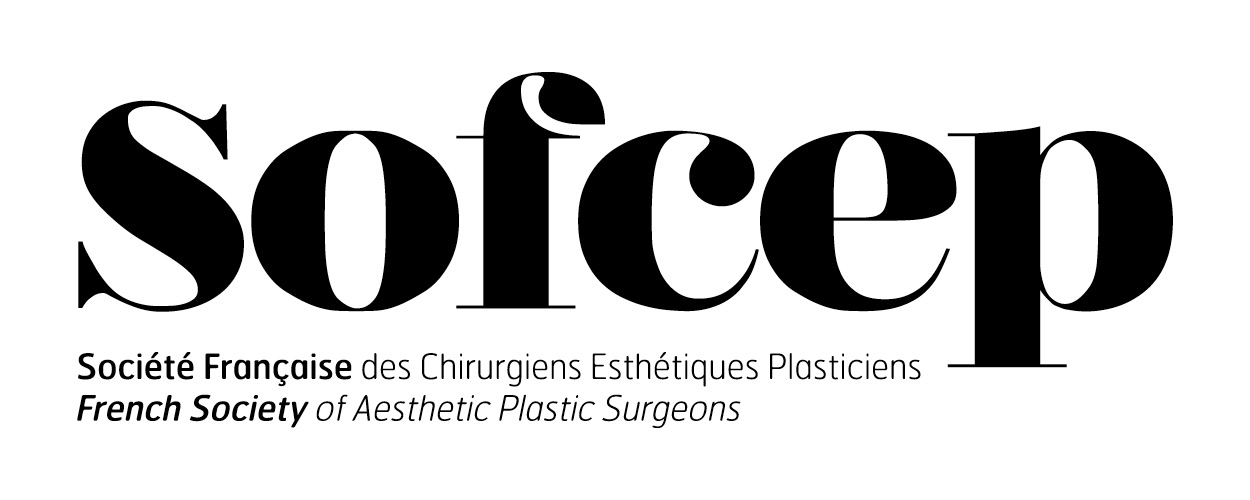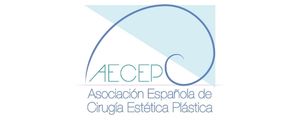VOLTAR
IMCAS World Congress 2024
IMCAS World Congress 2024
Programa
Adaptar ao meu fuso-horário a agenda da aula/congresso transmitida ao vivo
Fuso-horário de referência: (UTC+02:00) Europe, Paris
075
BII and BIA ALCL - International Scientific Society roundtable (in collaboration with SOFCEP & AECEP)
Sala: Amphi Havane - Level 3
Data: quinta-feira 1 fevereiro 2024 de 14:30 às 15:30
Formato: BATALHA > duelos individuais sobre um tema atual, onde os palestrantes defendem suas técnicas e abordagens... apenas um lado vence!
Data: quinta-feira 1 fevereiro 2024 de 14:30 às 15:30
Formato: BATALHA > duelos individuais sobre um tema atual, onde os palestrantes defendem suas técnicas e abordagens... apenas um lado vence!
Apresentações desta sessão
| Horas | Palestrantes | Título da apresentação | Resumo | Número |
| 14:30 | Data and results of a prospective study based on the Lymphoma Study Association Registry (LySA) | Visualizar | 131138 | |
| 14:42 | Roundtable discussion with representatives of scientific societies | 131140 | ||
| 14:42 | BII BIA ALCL: USA perspective (The Aesthetic Society) | 131139 | ||
| 14:50 | BII BIA ALCL: German perspective (VDAEPC) | 131141 | ||
| 15:00 | BII BIA ALCL: French perspective (SOFCEP) | 132889 | ||
| 15:10 | BII BIA ALCL: Spanish perspective (AECEP) | 132890 | ||
| 15:20 | BII BIA ALCL: Italian perspective (AICPE) | 132891 | ||













